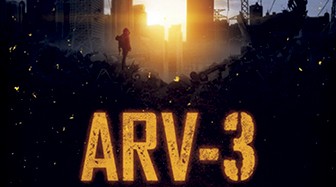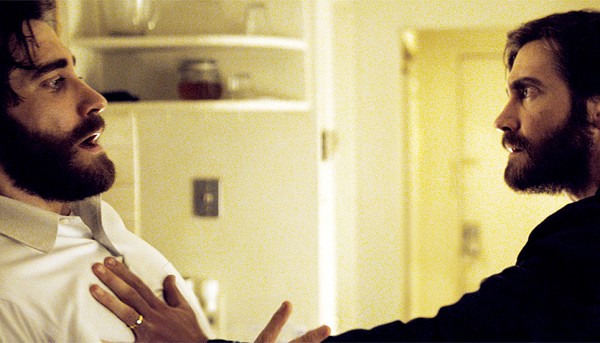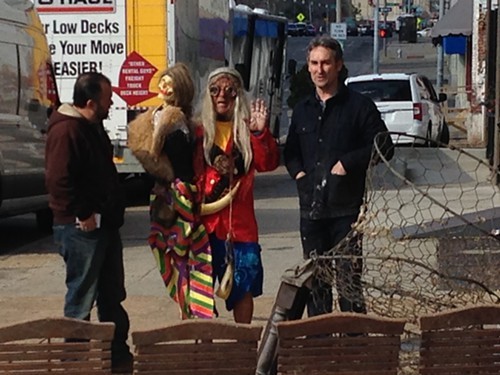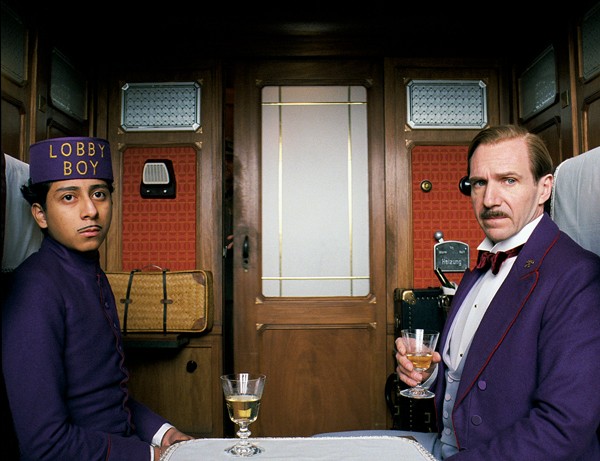One of the challenges local indie filmmakers face is providing for a public life for their movie once it’s finished. Aspirationally, this means festival appearances, renting out theater screens, and, perhaps, DVD printings. For the average citizen, there are typically only a few opportunities to catch a locally made film. But, an assiduous filmmaker is sure to be working every angle he or she can to get the film in front of as many as possible.
Just such a filmmaker is Memphian Mark Jones. His most recent film, Tennessee Queer, first came out in July 2012 and had its first public screening in Memphis in October of that year. For more than a year, Jones took Tennessee Queer to about 15 festivals. “We got accepted or rejected from every festival we could,” Jones says. Next, Jones toured with the film for college LGBT groups. “Then I started thinking, what’s next?”
On advice from a colleague in Los Angeles, Jones began seeking theaters across the South to screen Tennessee Queer. Sometimes that meant Jones booked the screen on his own, renting it and hoping to make his money back on ticket sales, and sometimes the film was given a traditional booking by the theater. The film has played this winter in New Orleans, Mobile, and Gainesville, and it is scheduled for Dallas, Atlanta, and Los Angeles in the coming weeks.
And, now, Tennessee Queer, at this point a kind of oldie but goodie, boomerangs back to Memphis for a weeklong engagement/regular booking at Studio on the Square beginning Friday. It was worth the wait.
The film constantly surprises with its sweet nature. Jason Potts (Christian Walker) is an out, gay man who has escaped his small, small-minded fictional Tennessee hometown, Smythe, to live with his boyfriend, Paul (Jerre Dye), in New York. As if NYC wasn’t far enough away from Smythe, he’s about to move to London (the one in England).
Jason gets called back home to participate in an intervention for his alcoholic brother Frank (Drew Paslay). The family is all there: Mom (Ann Marie Hall), sister Ruth (Lindsey Roberts), brother-in-law Roy (Drew Smith), and Uncle Pete (David Tankersley). Not unexpectedly, the intervention isn’t for Frank but rather Jason himself. The film disarms the viewer though: The family isn’t concerned that Jason is gay, as one might predict; rather, they simply want him to live closer by. “I’m sure you have had fun in New York, but it’s time for you to settle down,” he’s told.
Further, nobody in Smythe cares that he’s gay, the family says. The place is far more progressive than he gives it credit for: “We’ve got a gay who works at the county hospital,” and, “There’s that lesbian couple that lives on Highway 8.”
Jason says he won’t consider moving back to Smythe unless the town puts on a gay parade, with the permission of local government — the likelihood of which is in the neighborhood of hell freezing over, he believes. But the Potts jump at the opportunity to help. His family’s support is slightly unnerving to Jason. After all, he doesn’t want this plan to succeed.
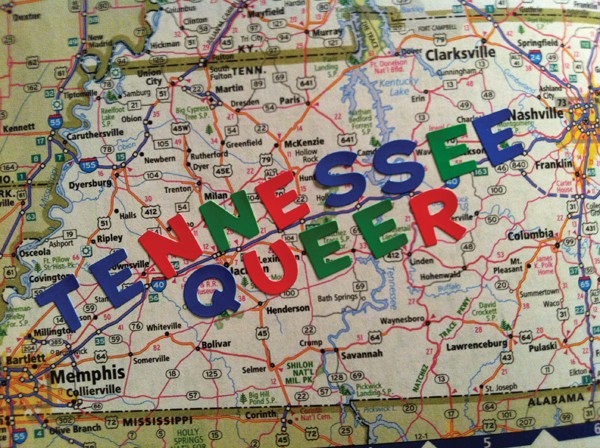
Tennessee Queer regularly sidesteps ostensible clichés — about the South, about the LGBT community, about relationships to families — and opts for charm rather than pessimism. In doing so, it also finds deeper truths. The high school principal (Jamie Mann) fights to make his school more inclusive, painting over decades worth of accumulated gay-bashing graffiti and trying to start up a gay-straight alliance club. Religion and homosexuality are also dealt with directly but with the same positive demeanor. Tennessee Queer features a flock of religious leaders, played by the likes of Jim Palmer, Jim Eikner, G.B. Shannon, and Thomas King, that represent a spectrum of tolerance, from hateful to accepting.
The villain of the piece (but played for laughs) is Dewayne Cotton (Billie Worley), an ambitious alderman and former classmate of Jason’s. Cotton swallows his disgust at the thought of “a thousand homosexuals marching down Main Street” and approves the parade request — to Jason’s astonishment — because he thinks it will create a political fulcrum he can use to win the mayor’s seat.
Playing Jason, Walker is excellent as, ironically enough, the straight man among more flashy comedic characters. Worley is game, as always, and he plays frazzled hilariously.
The funniest thing in Tennessee Queer might be a film-within-the-film infomercial for Camp Nineveh, a ministry to cure gay teens and encourage them to lead a manly Christian lifestyle. “Is your son going to hell? He is if he’s a homosexual.” As Reverend Jeremiah Faulkner, Shannon (arguably the best actor in local indie film today) delivers hilarious line readings and shows his physical acting range.
Tennessee Queer is written by Jones, and he co-directs with Ryan Earl Parker. The film looks great; Parker also provides cinematography and editing, Sarah Fleming served as First Assistant Director, and Morgan Jon Fox is Second Assistant Director.
Catch it now. You don’t know when your next chance might be.
Tennessee Queer
Opens Friday, March 14th
Studio on the Square
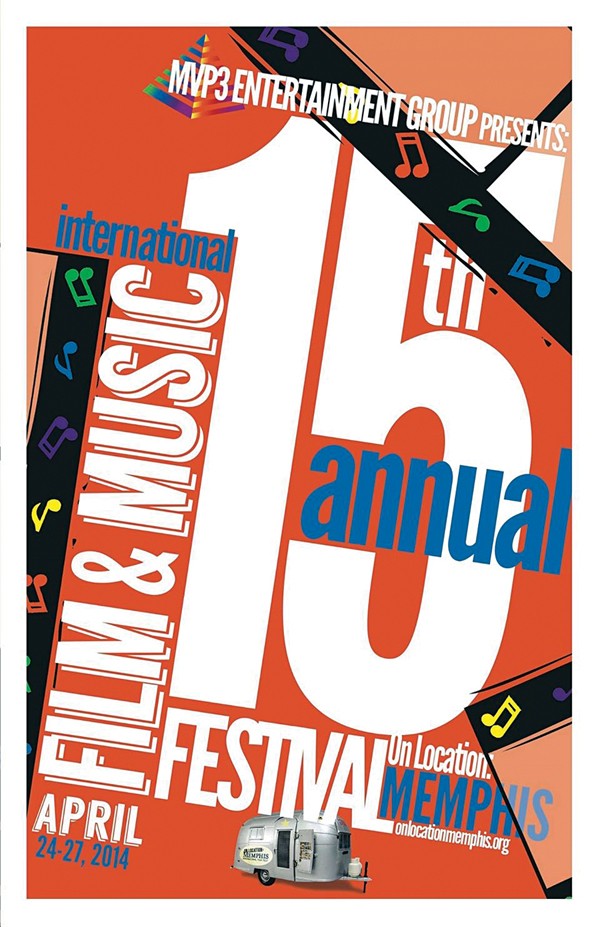
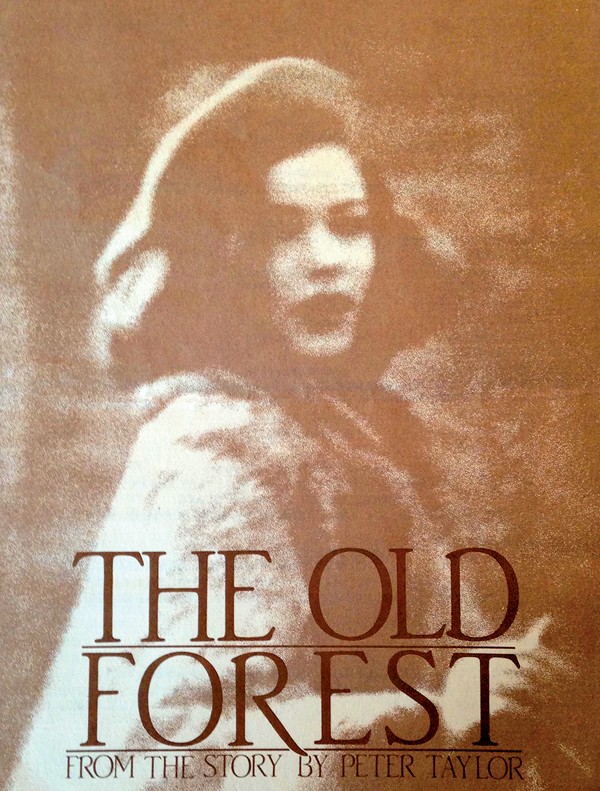
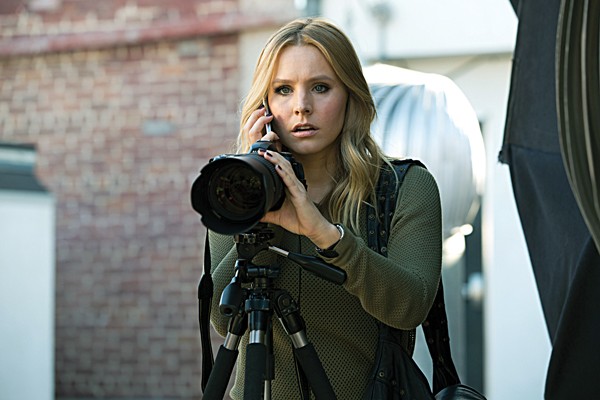
 Lauren Rae Holtermann
Lauren Rae Holtermann 